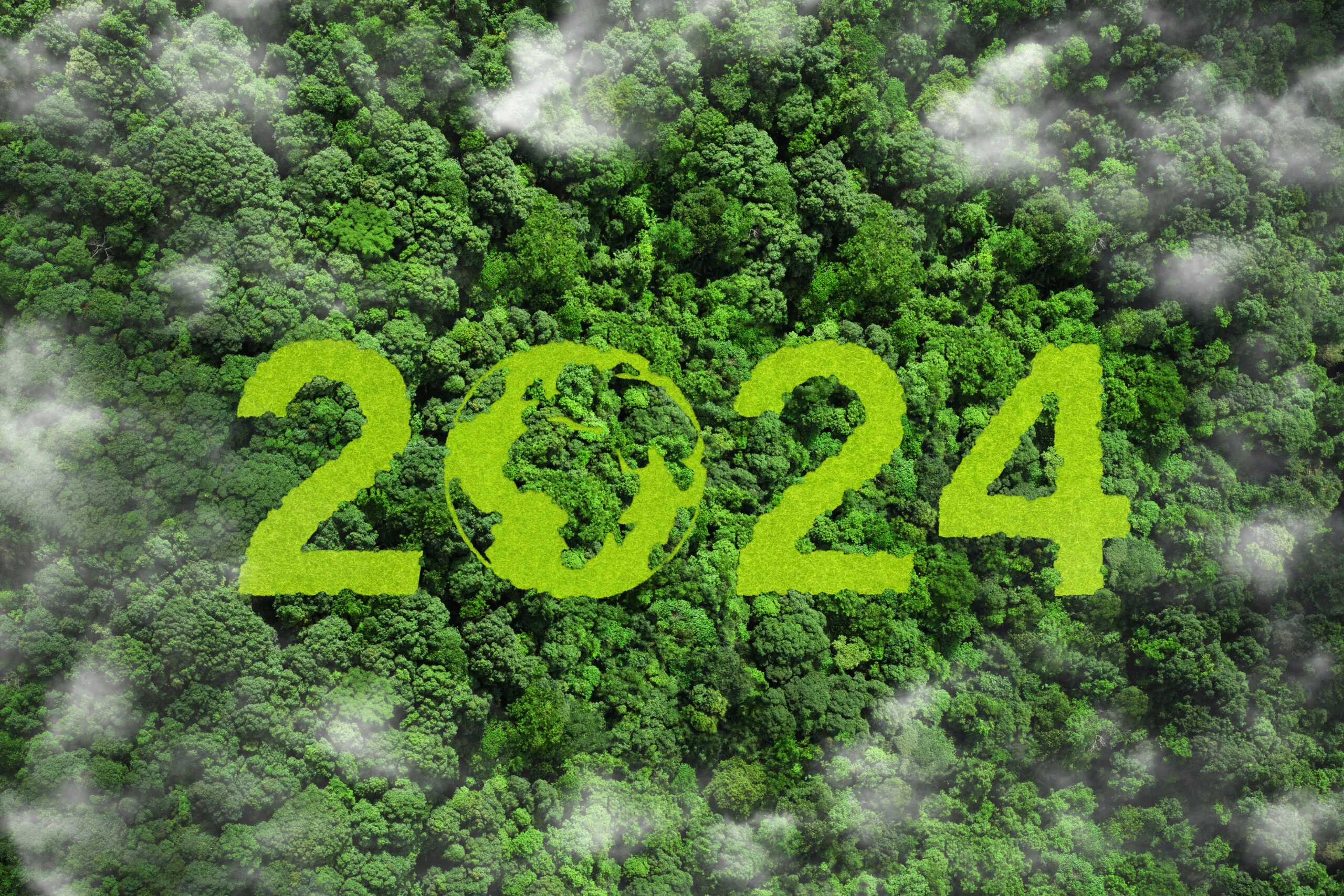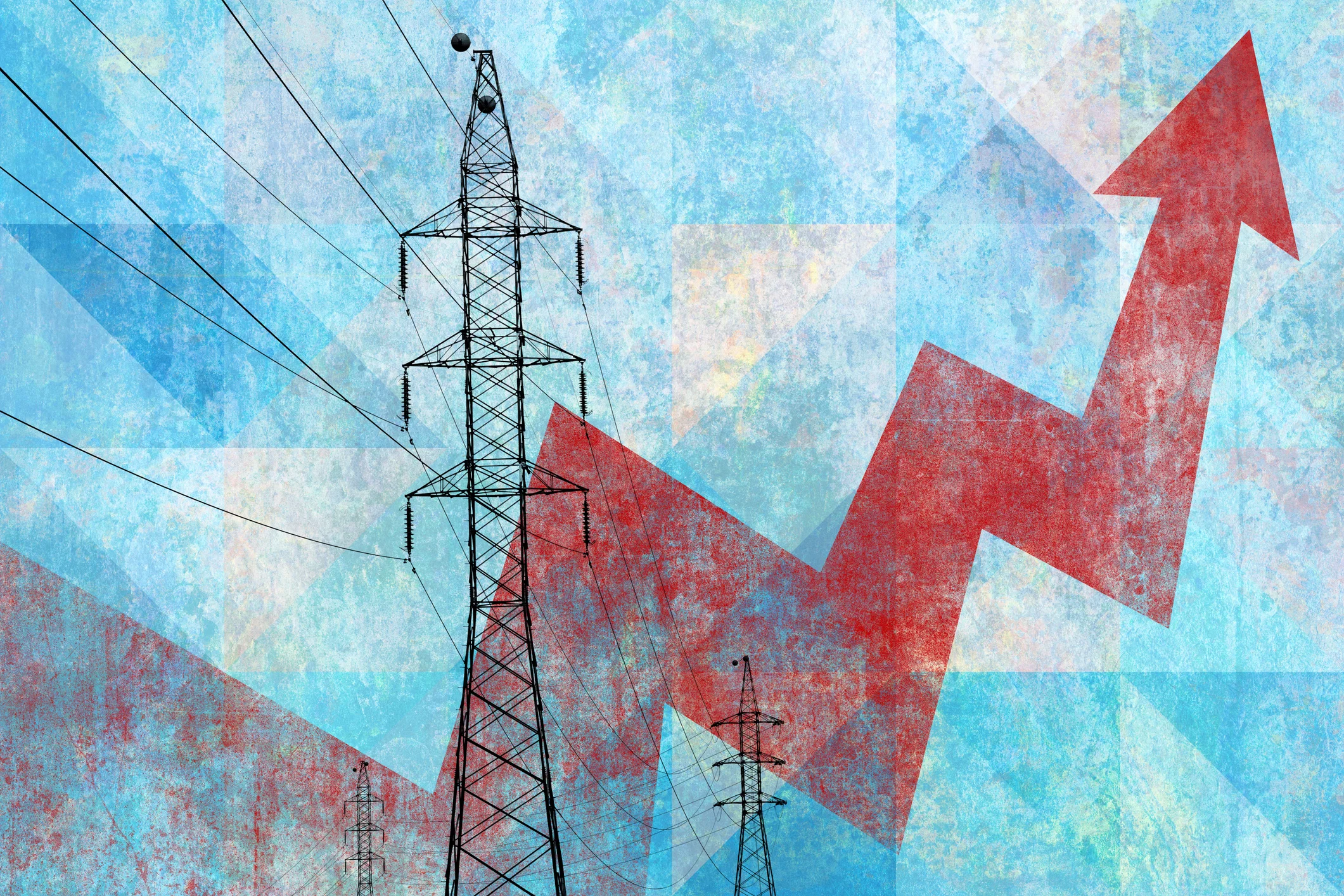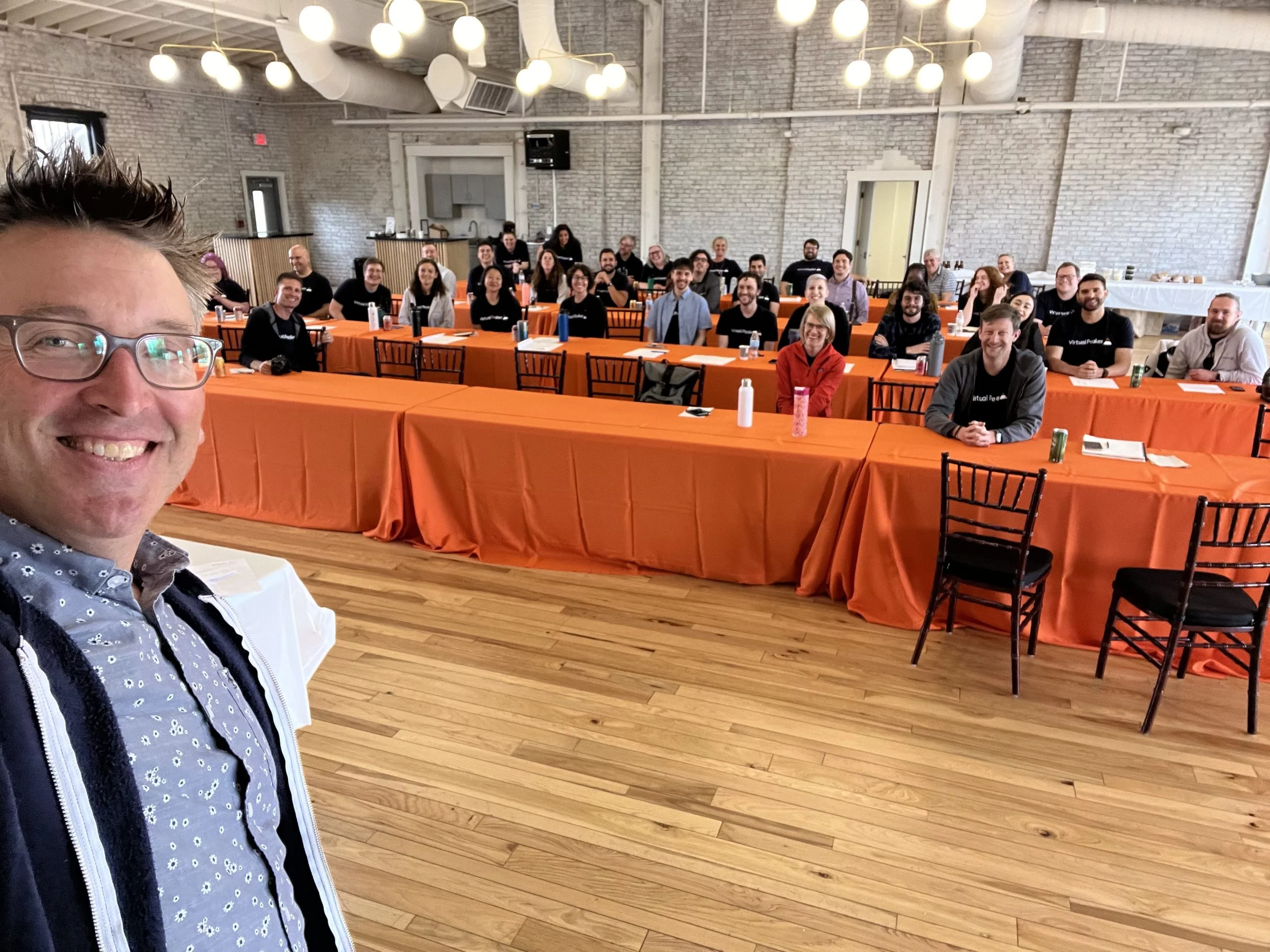Next Monday is Earth Day 2024, a tradition that we honor annually as part of our sustainability efforts. In the U.S., clean energy goals are established on a state-by-state basis, leaving the national grid a patchwork of disparate legislation, complicating the regulatory process. Concurrent with electrification goals, fossil fuel plants continue to be retired, often because they are old and require costly maintenance. Unfortunately, many grid operators understandably consider renewable energy an intermittent resource that often depends on weather and other extraneous conditions, which has historically limited its potential. To celebrate this Earth Day, we’re looking at the many opportunities that demand flexibility provides utilities, which can help ameliorate these concerns, from minimizing costly grid upgrades to providing reliable and affordable energy on demand.
Why Earth Day Matters
Earth Day was initially established 54 years ago in 1970. The concept of climate change or environmental stewardship was nothing new, especially gaining public support after the Industrial Revolution. The first scientific mention of climate change came in 1896, followed slowly by increased scrutiny to match our rapidly changing technological pace. By the time Earth Day was introduced, there was no EPA, Clean Air Act, or Clean Water Act; creating Earth Day was a marketing strategy to make environmentalism a larger part of the conversation, a ploy that has slowly paid off.
Because of Earth Day, public support for the Clean Air Act and Endangered Species Act increased. Since then, Earth Day organizers have worked to address the myriad of environmental concerns challenging the planet, including to help encourage the signing of the Paris Agreement in 2016. To keep pace with the global decarbonization and electrification efforts prompted by Earth Day organizers and environmentalists alike, utilities can employ demand flexibility programs like demand response or EV managed charging, conservation strategies to differ usage during peak periods of demand to off hours, when energy is both cheaper and easier to purchase.
Customer Challenges
As mentioned above, the U.S. power grid is at an inflection point, complicated by the need for national infrastructure upgrades, electrification efforts, and the global energy transition away from fossil fuels. According to Business Insider, national infrastructure upgrades will cost more than $2.5t, which has unfortunately led to progressively increasing utility bills for ratepayers. This is reflected in the J.D. Power 2023 Electric Utility Residential Customer Satisfaction Study which reported an 18% decline in customer satisfaction with more than half of respondents reporting rising rates as a serious concern. As these customers continue to adopt distributed energy resources (DERs), they add further encumbrance and uncertainty to the grid, complicating load management strategies. Fortunately, these same assets present an opportunity.
Automate Your Customer Engagement!
Before we move on to the specific load management opportunities that demand flexibility provides to utilities, the J.D. Power 2023 Electric Utility Residential Customer Satisfaction Study is clear on several factors including customers want transparency from their utility providers. That transparency includes education on renewable energy programs and/or the work that utilities are or will do to modernize the grid while meeting decarbonization goals.
– Dr. William Burke, Founder & CEO, Virtual Peaker
Connecting with customers can manifest in several ways, from mailers and mailing inserts to across a spectrum of digital platforms including the utility website, call center scripts, and any social media network that your constituents may use. Multi-channel marketing is effective, and by focusing on digital communications, utilities can mitigate the incredibly damaging deforestation that happens every year. Furthermore, program managers can use incentives like billing credits or rebates to encourage participation in demand flexibility programs, which can all happen through digital means, minimizing both paper usage and costs while engaging customers and decreasing deforestation.
Internal Sustainability Efforts & Cause Marketing
It never hurts to share your accomplishments! At Virtual Peaker, we’re committed to sustainability, which is why we host quarterly events like tree planting or trash cleanup to help the communities around us. These efforts are effective tools to not only do good in the world around you but to encourage your community to engage in the same way. For demand flexibility program managers, advertising can prove challenging: make use of your own internal efforts!
Demand Flexibility to the Rescue!
That aforementioned opportunity, of course, is demand flexibility programs. Demand flexibility describes numerous load management strategies from the aforementioned demand response or EV managed charging to battery programs or virtual power plants alike. These programs operate through the Internet of Things (IoT) technologies which require broadband access and WiFi to enable, allowing distributed energy resource management systems (DERMS) to manage energy assets in aggregate. As such, determining device types common to the service territory is a great step for expanding the scale of any demand flexibility program, by lowering those same barriers to customer access. Let’s look at how demand flexibility can help increase energy security while decreasing peak demand costs and defraying highly expensive grid upgrades.
Conservation
Demand flexibility programs like demand response and EV managed charging are conservation paradigms that use nuanced device control to decrease usage in aggregate across a service territory. Typical peak periods of usage occur in the early evening hours from 4-8—when temperatures peak and many customers have returned home from work for the evening—although global electrification efforts have upended that long-existing norm. According to the U.S. Department of Energy, traditional power plants burn harmful fossil fuels to meet energy needs, energy sources that contribute to greenhouse gasses, and air pollution. As such, by shifting energy usage to off-demand hours through demand flexibility conservation efforts minimize the use of fossil fuels during a critical (and expensive) time of day.
Generation
While some demand flexibility programs minimize usage during peak periods of consumption, others aggregate available resources for immediate use. Perhaps the most popular example of this strategy is virtual power plants. Virtual power plants employ DERMS technologies to control devices across a service territory. In some cases, that can mean widespread conservation, as noted above. In others, however, virtual power plants can aggregate active solar or battery assets, redistributing that energy in real time back to the grid. Comparably, V2G reciprocal charging functionality allows utility program managers to draw ambient power from otherwise charging vehicles, recharging customers during off-peak hours.
Earth Day & Demand Flexibility Tips Conclusion
Climate change is already here and will have a lasting impact for generations to come. Fortunately, Earth Day and other acts of environmental awareness have helped sway public opinion in the fight against climate change. Furthermore, technologies like DERMS and distributed energy resources (DERs) provide a renewed path to load management, utilizing demand flexibility to mitigate high energy costs, while increasing energy security.





